Propagating a Wandering Jew, also known as Tradescantia zebrina, or inch plant, is relatively easy and can be done through several methods, including stem cuttings, division, and even from seeds. However, if you want to complete wandering jew propagation with minimal effort, cutting stems is the most recommended way. In this post, we’ll propagate Wandering Jew by rooting the stem cuttings in water or soil. Follow the detailed guide below to know how to propagate Wandering Jew with ease.
Table of Contents
Wandering Jew Varieties
Wandering Jew, or Tradescantia, has several popular varieties. Each type is distinguished by unique colors and textures. Here are the common color varieties Wandering Jew.
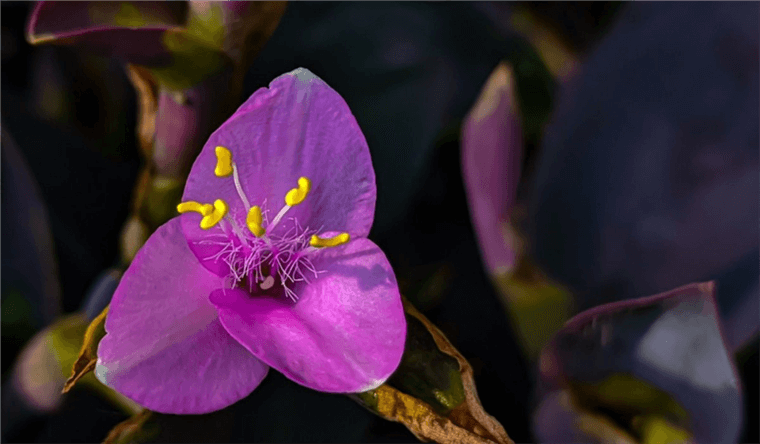
Wandering Jew Plant Varieties - Purple Heart
- Tradescantia zebrina: Known for its striking green and silver striped leaves, with vibrant purple undersides that add a pop of color.
- Wandering Jew Pink: It's also known as Tradescantia zebrina 'Pink'. It's a striking variety of the Wandering Jew plant characterized by its vibrant pink and green striped leaves. This cultivar features soft, pastel hues that add a delicate touch to any indoor or outdoor space. Like other Tradescantia varieties, it thrives in bright, indirect light and prefers well-draining soil to prevent root rot.
- Tradescantia pallida (Purple Heart): Features deep purple foliage that creates a dramatic effect, making it a favorite for adding bold color to gardens and containers.
- Tradescantia fluminensis (Green Wandering Jew): This variety has bright green, glossy leaves and is known for its vigorous growth, making it easy to care for.
- Tradescantia sillamontana (Woolly Wandering Jew): Recognized for its fuzzy, silvery leaves, this variety offers a unique texture and aesthetic.
These varieties not only enhance indoor and outdoor spaces but also provide diverse options for plant enthusiasts looking to add beauty and interest to their collections.
Wandering Jew Propagation
Gather Your Materials
Before we take off the journey, there are some suppliers you need to prepare, including:
- Wandering Jew plant (mother plant)
- Clean, sharp scissors or pruning shears
- Small pots, vases, or containers
- Rooting hormone (optional)
- Plastic bags or plastic wrap (for cuttings)
When to Propagate Wandering Jew Plants
Spring is an excellent time to start propagating Wandering Jew plants. As the days get longer and temperatures rise, the plant becomes more active in terms of growth. Additionally, the warmth and longer daylight hours of summer seasons also promote rapid root development in cuttings.
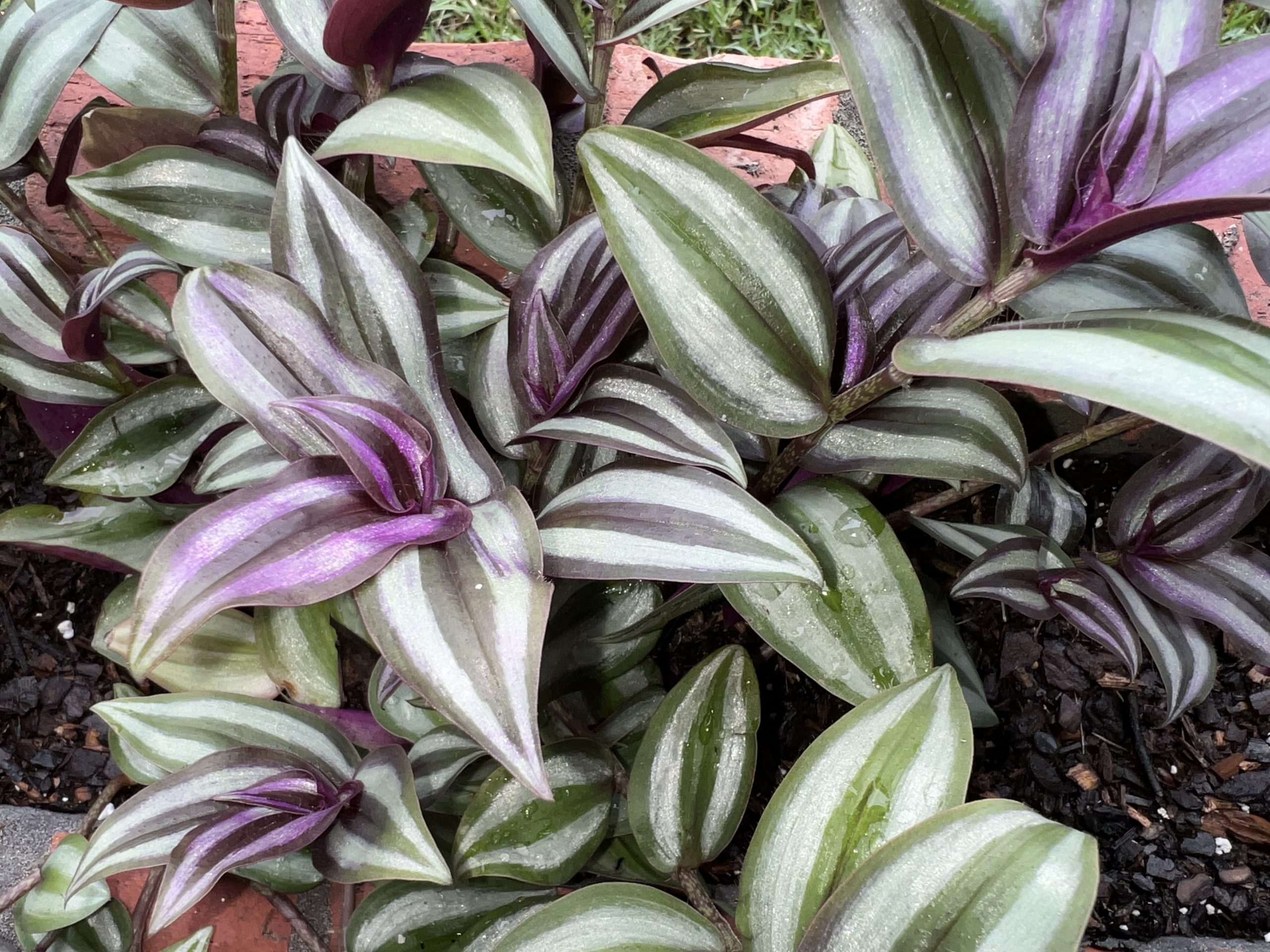
Propagation by Stem Cuttings
Here is where and how to cut Wandering Jew for propagation
- Choose a healthy, well-established Wandering Jew plant with purple and green foliage. Skip the ones with pest infections, white spots, discolored leaves, or anything that seems to be unhealthy.
- Using your scissors or pruning shears, cut a healthy stem just below a leaf node, at a 45° angle. A leaf node is where a leaf connects to the stem. While it’s possible to propagate plants from a single leaf, it does not guarantee a successful Wandering Jew propagation, so we will not recommend you to do so.
- Each cutting should be around 3-6 inches long and have at least a couple of leaves on it. However, it’s suggested to eliminate leaves from the lower 2/3 of the cutting to give space for fresh leaves.
- Optionally, you can dip the cut end in rooting hormone to encourage root growth.
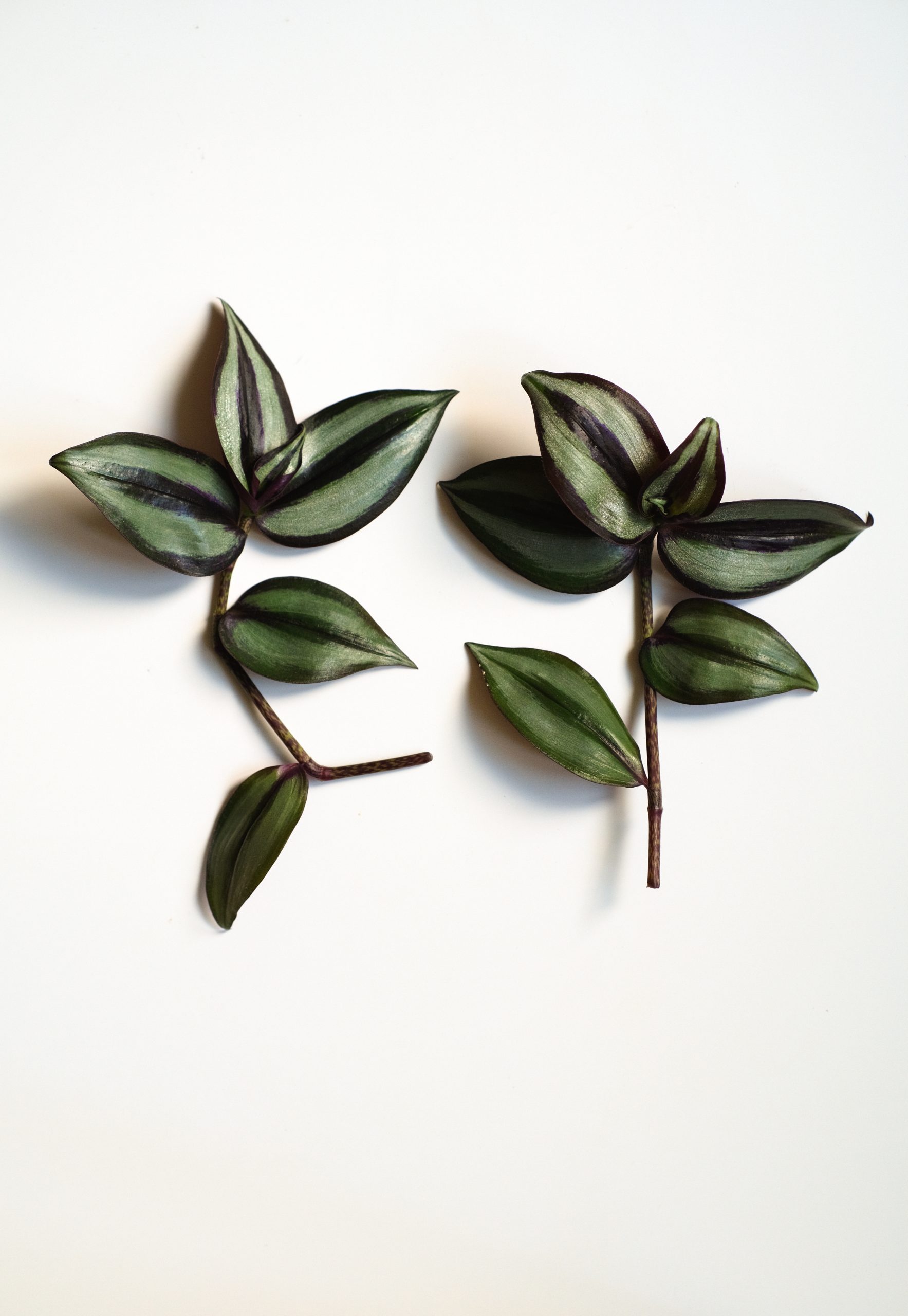
Plant the Stem Cuttings in Water or Soil
Now you have two options - you can propagate Wandering Jew in water or in the soil. Each method has its highlights as well as minor drawbacks, but we’ll let you be the judge and decide which one to opt for.
4.1 Propagating Wandering Jew in Water
- Submerge the prepared stem in a clear vase or glass filled with tepid water. You can ensure all the exposed nodes are submerged with the DWC Hydroponic Grow System.
- Place the bottle in a warm and well-lit location so you can observe it quite easily. Ensure the water level remains consistent, and change it if it becomes cloudy or low. Fresh, clean water promotes healthy root development.
- When the roots reach a length of 3 to 4 inches, it's time to transplant them into pots.
Based on our experience, the roots propagated in water tend to be thinner and less robust compared to those in soil. Additionally, if the plant remains in the water for too long, it may have difficulty transitioning back to the soil. Therefore, you need to pot up the cuttings as soon as the roots are tall enough.
Pre Order | Spider Farmer DWC Hydroponic Growing System with Top Drip Kit, 7-Gallon Deep Water Culture, 2-Bucket Setup, and GGS AC10 Power Strip Kit for Smart Watering Control
GGS AC10 Power Strip with Automatic Operation: The GGS AC10 Power Strip features 10 independent outlets, each of which can be set with its own schedule and mode (e.g., temperature, humidity, and CO2 modes). This means users can precisely control the operation times and modes of every device plugged into it (such as the air pump in the DWC system), ensuring that the system runs efficiently under optimal conditions for plant growth and health. What's even more important, the GGS AC10 is connected to a temperature and humidity light sensor, allowing you to plug in devices such as humidifiers, dehumidifiers, lights, clip fans, and inline fans. These devices will work together based on a unified temperature and humidity target, ensuring that the environmental conditions are always ideal for plant growth.
New Triangle Cover Design: The innovative triangle cover design allows for easy access to add water and measure liquid parameters, improving overall ease of use. With a 7-gallon capacity, it's made from high-quality, corrosion-resistant PP (polypropylene) material that is lightweight and durable.
Top Irrigation System: Equipped with an adjustable top drip irrigation ring, this system lets you finely adjust the irrigation speed. The 6-inch net cup is made from high-strength PP material, making it incredibly tough and able to provide strong support for healthy, lush plants.
Powerful Air Pump: Able to output powerful air; 15W; maximum airflow: 28 L/min (adjustable). Used with air stone can effectively provide sufficient oxygen to plant roots, helping plant roots thrive and grow healthily
The AC10 Power Strip kits includes: 1 x GGS AC10 Power Strip 1 x Temperature, humidity, and light sensor 1 x 3-in-1 soil sensor 1 x 2-in-1 adapter (for connecting the lights to the controller) 7 x 2.5m RJ12 cables (for connecting devices) 2 x 0.25m RJ12 cables (for connecting between telephone line splitters) 3 x RJ12 telephone line splitters (for expanding device connections) 6 x Hook and loop straps (for organizing cables)
DWC Hydroponic System Kit Includes: 4pcs 7-gallon DWC Buckets, 4pcs triangular cover, 4pcs net cup, air pump, 4pcs air stone, 12M 4/6mm black tubing, dry clay pebbles, 4pcs water level tube, 4pcs drip irrigation ring, user manual and other accessories
Pre Order | Spider Farmer DWC Hydroponic Growing System with Top Drip Kit, 7-Gallon Deep Water Culture, 4-Bucket Setup, and GGS AC5 Power Strip Kit for Smart Watering Control
GGS AC5 Power Strip with Automatic Operation: The GGS AC5 Power Strip features 5 independent outlets, each of which can be set with its own schedule and mode (e.g., temperature, humidity, and CO2 modes). This means users can precisely control the operation times and modes of every device plugged into it (such as the air pump in the DWC system), ensuring that the system runs efficiently under optimal conditions for plant growth and health. What’s even more important, the GGS AC5 is connected to a temperature and humidity light sensor, allowing you to plug in devices such as humidifiers, dehumidifiers, lights, clip fans, and inline fans. These devices will work together based on a unified temperature and humidity target, ensuring that the environmental conditions are always ideal for plant growth.
New Triangle Cover Design: The innovative triangle cover design allows for easy access to add water and measure liquid parameters, improving overall ease of use. With a 7-gallon capacity, it’s made from high-quality, corrosion-resistant PP (polypropylene) material that is lightweight and durable.
Top Irrigation System: Equipped with an adjustable top drip irrigation ring, this system lets you finely adjust the irrigation speed. The 6-inch net cup is made from high-strength PP material, making it incredibly tough and able to provide strong support for healthy, lush plants.
Powerful Air Pump: Able to output powerful air; 15W; maximum airflow: 28 L/min (adjustable). Used with air stone can effectively provide sufficient oxygen to plant roots, helping plant roots thrive and grow healthily
The AC5 Power Strip kits includes: 1 x GGS AC5 Power Strip 1 x Temperature, humidity, and light sensor 1 x 3-in-1 soil sensor 1 x 2-in-1 adapter (for connecting the lights to the controller) 7 x 2.5m RJ12 cables (for connecting devices) 2 x 0.25m RJ12 cables (for connecting between telephone line splitters) 3 x RJ12 telephone line splitters (for expanding device connections) 6 x Hook and loop straps (for organizing cables)
DWC Hydroponic System Kit Includes: 4pcs 7-gallon DWC Buckets, 4pcs triangular cover, 4pcs net cup, air pump, 4pcs air stone, 12M 4/6mm black tubing, dry clay pebbles, 4pcs water level tube, 4pcs drip irrigation ring, user manual and other accessories
Spider Farmer DWC Hydroponic Growing System with Top Drip Kit, 7-Gallon Deep Water Culture, 2-Bucket Setup, and GGS AC10 Power Strip Kit for Smart Watering Control
Spider Farmer DWC Hydroponic Growing System with Top Drip Kit, 7-Gallon Deep Water Culture, 2-Bucket Setup, and GGS AC5 Power Strip Kit for Smart Watering Control
Spider Farmer DWC Hydroponics Grow System with Top Drip Kit 7 Gallon Deep Water Culture with 15W Air Pump 4 Buckets
Spider Farmer DWC Hydroponics Grow System with Top Drip Kit 7 Gallon Deep Water Culture with 8W Air Pump 2 Buckets
NOTE:
Each DWC hydroponic bucket has a top diameter of 31cm.
-
For 2 buckets placed side by side, a tent width of at least 70cm is recommended.
-
For 4 buckets placed side by side, a tent width of at least 90cm is recommended.
Please ensure your grow tent is spacious enough for proper airflow and easy maintenance.
4.2 Propagating Wandering Jew in the Soil
Propagating Wandering Jew in soil requires a bit more time and effort, but it results in stronger and healthier root development, increasing the success rate of propagating Wandering Jews once they are potted.
- For optimal results, lightly dust the stems with rooting hormone.
- Plant the inch plant roots at a depth of at least 3 to 4 inches in a lightweight, moistened growing medium or a soilless mix.
- Gently press the medium around the cuttings to provide stability.
- Place the container in a warm location with indirect light, and remember to keep the soil consistently moist.
Transplanting
How long does propagated Wandering Jew start to root? These plant cuttings establish roots rapidly, usually within a span of 2 to 7 days, provided that the conditions are favorable. By that time, the roots should be 3-4 inches long.
If you opt to place them in a transparent water-filled vase, it becomes easy to determine when they are ready for potting, typically around two weeks. In soil, you can ascertain root development when new leaves start emerging from the top of the cuttings, or by gently tugging them – if rooted, they should remain firmly in place. Then you can transplant the well-established roots to new pots or containers.
Wandering Jew Plant Care
How to care for a wandering jew? You can’t miss three factors: light, temperature, and humidity. To offer the optimal growing environment for these inch plants, here’s what you should do:
Wandering Jew Sunlight Preferences
The Wandering Jew thrives best in bright, indirect light but can adapt to lower light conditions. Ideally, it should receive about 6 to 8 hours of indirect sunlight each day to maintain its vibrant colors and encourage healthy growth. While it can tolerate some direct sunlight, prolonged exposure can lead to leaf scorch.
If the plant is placed in low light, its growth may slow, and the foliage might lose some of its striking variegation. Therefore, place your cuttings or propagated plants in a location with bright, indirect sunlight, and avoid direct sunlight. Also, you can always apply grow lights for indoor plants whenever it’s lacking adequate sunlight.
Wandering Jew Preferred Temp
The Wandering Jew, or Tradescantia, prefers a temperature range of 65°F to 75°F (18°C to 24°C). This tropical plant thrives in warm environments but can tolerate slightly cooler temperatures, down to about 50°F (10°C). However, exposure to temperatures below this can lead to stress and hinder growth. It's important to avoid placing the plant in drafty areas or near heating vents, as sudden temperature fluctuations can negatively impact its health. Maintaining a consistent, warm environment via plant heater will help to ensure that your Wandering Jew remains vibrant and lush.
Keep Humidity Adequate
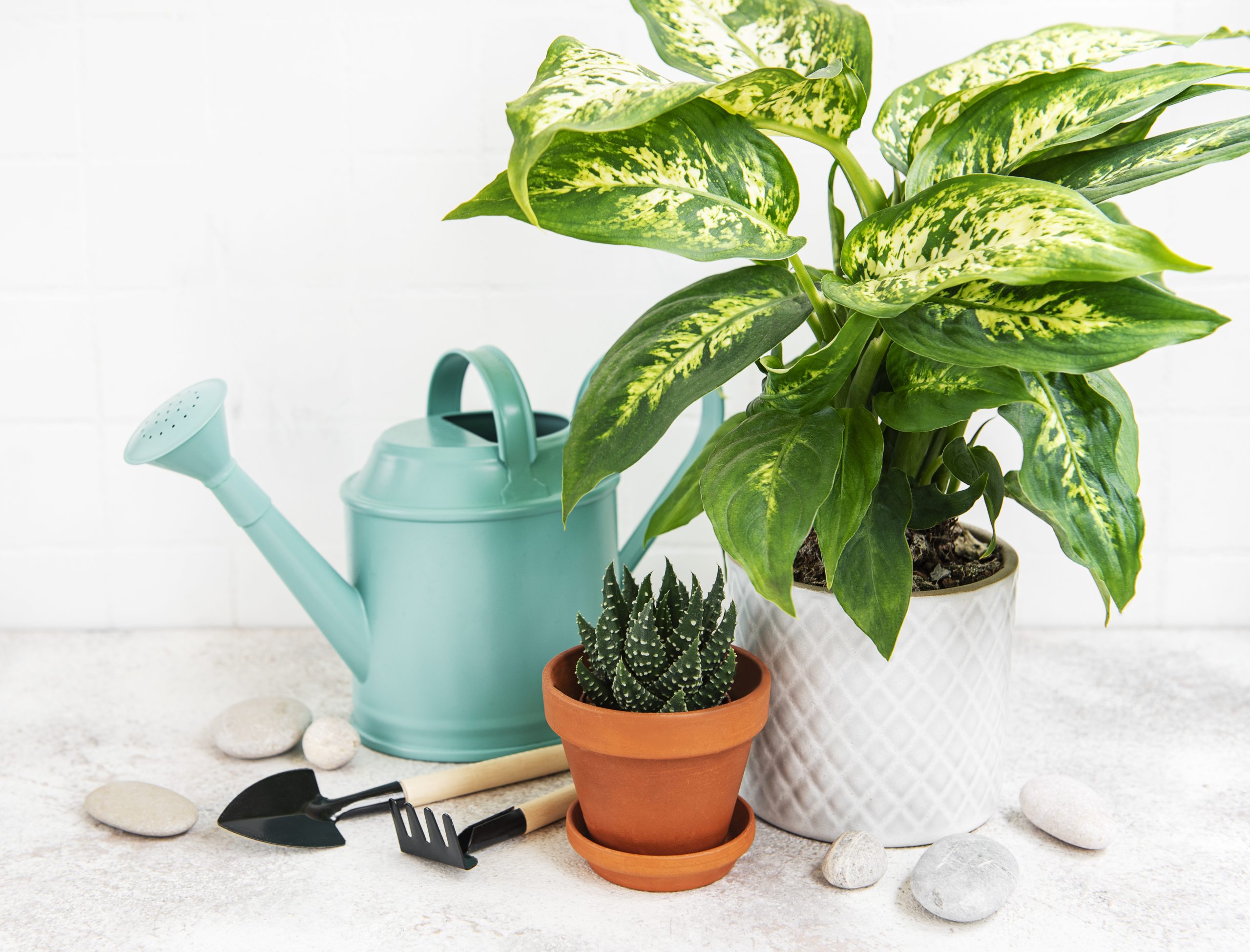
A house plants in flowerpots and green watering can on the table
Wandering Jews appreciate higher humidity levels. You can maintain or increase humidity by misting the plants with plant humidifiers or placing a tray with water and pebbles nearby.
Wandering Jew Plant Care Outdoors
If growing a wandering jew outdoors, choose a location with partial shade or dappled sunlight to prevent leaf scorch. In USDA zones 9-12, the plant can thrive year-round as a ground cover or in hanging baskets, as long as it's protected from frost. Ensure the soil is well-draining to avoid root rot, and water consistently to keep the soil moist but not soggy.
In cooler climates, treat it as an annual or bring it indoors before frost. Regular pruning outdoors helps maintain its shape and prevent it from becoming invasive.
FAQs About Wandering Jew Planting
By the end of the post, we'll answer several questions about Wandering Jew planting.
- Can a wandering Jew grow in just water?
Of course, Wandering Jew (Tradescantia zebrina) can be propagated in water, and it’s even the most common method used to propagate Wandering Jew. Simply snip a healthy stem with a few leaves and submerge the cut end in water. Change the water regularly to keep it fresh, and roots should start to develop in a few weeks. Once a sufficient root system has formed, the cutting can be transferred to soil for continued growth.
- Does Wandering Jew need full sun?
Like many other indoor plants, Wandering Jew prefers bright, indirect light but can tolerate some direct sunlight. While it can thrive in partial shade, providing it with a few hours of morning or evening sunlight can enhance its vibrancy and encourage more robust growth. However, intense, prolonged exposure to direct sunlight, especially during the hottest part of the day, may lead to leaf burn.
- How long does a wandering Jew plant last?
Typically, a Wandering Jew plant is a perennial that can last for several years with proper care, although its lifespan is often influenced by environmental conditions and maintenance. Under ideal conditions — adequate light, appropriate watering, and suitable temperatures Wandering Jew plants can thrive and continue to grow for many years.
However, they may decline in vigor over time, especially if not regularly pruned or if they outgrow their pots. It's common for gardeners to propagate new plants from cuttings to maintain a fresh supply, as these plants are known for their ease of propagation. With attentive care and regular rejuvenation, a Wandering Jew plant can remain a vibrant and attractive addition to your home or garden for a long time.
- Does wandering jew come back every year?
A Wandering Jew (Tradescantia) is a perennial in warm climates (USDA zones 9-12) and will return yearly. In colder climates, it won't survive frost and is treated as an annual unless brought indoors or propagated. Indoors, it’s evergreen and grows year-round with proper care.




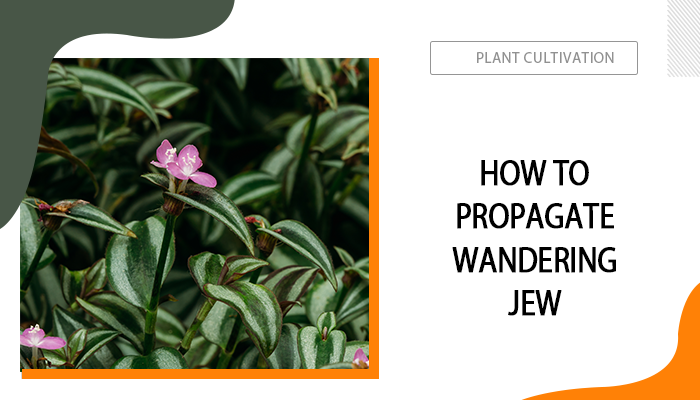


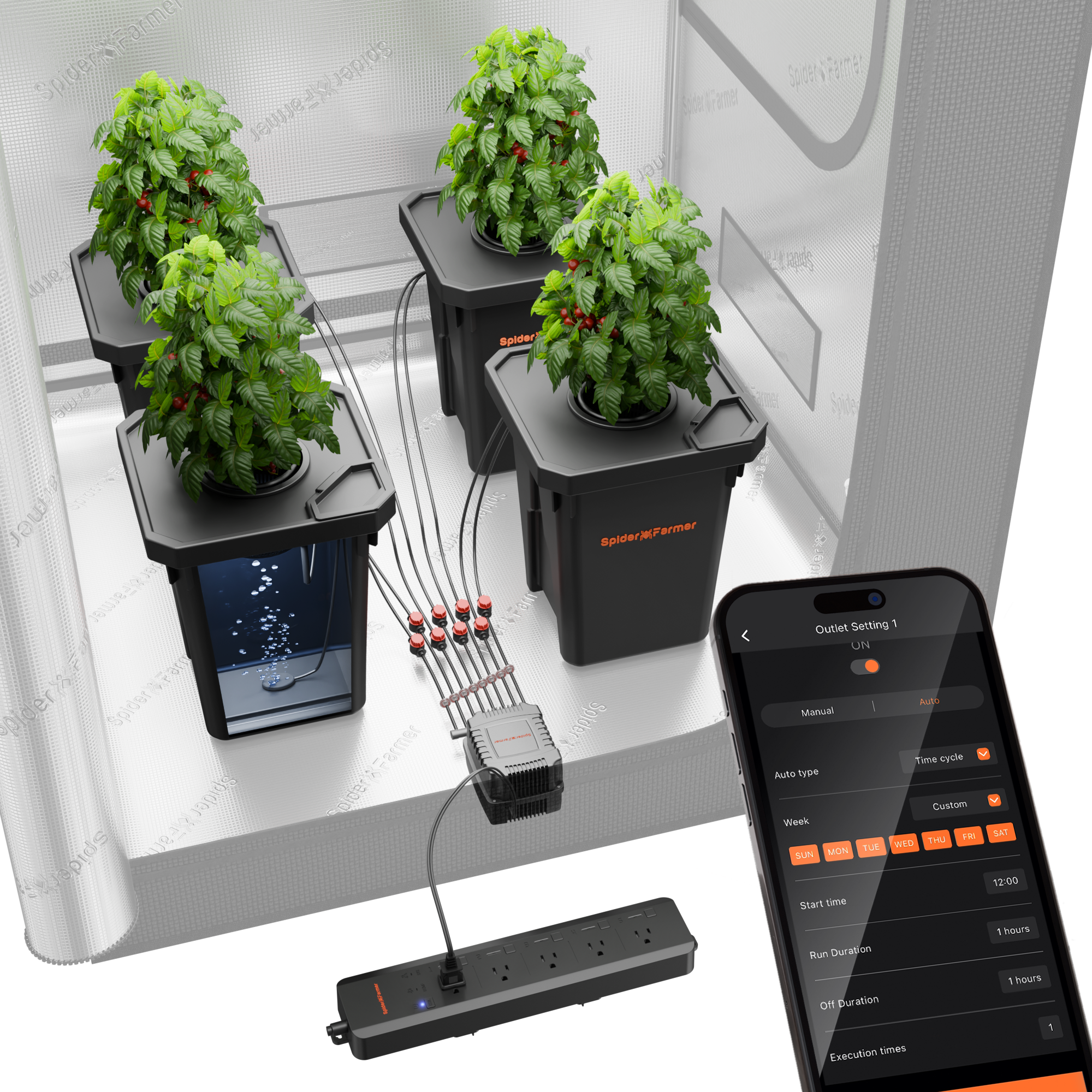
-10位排插美规.png)

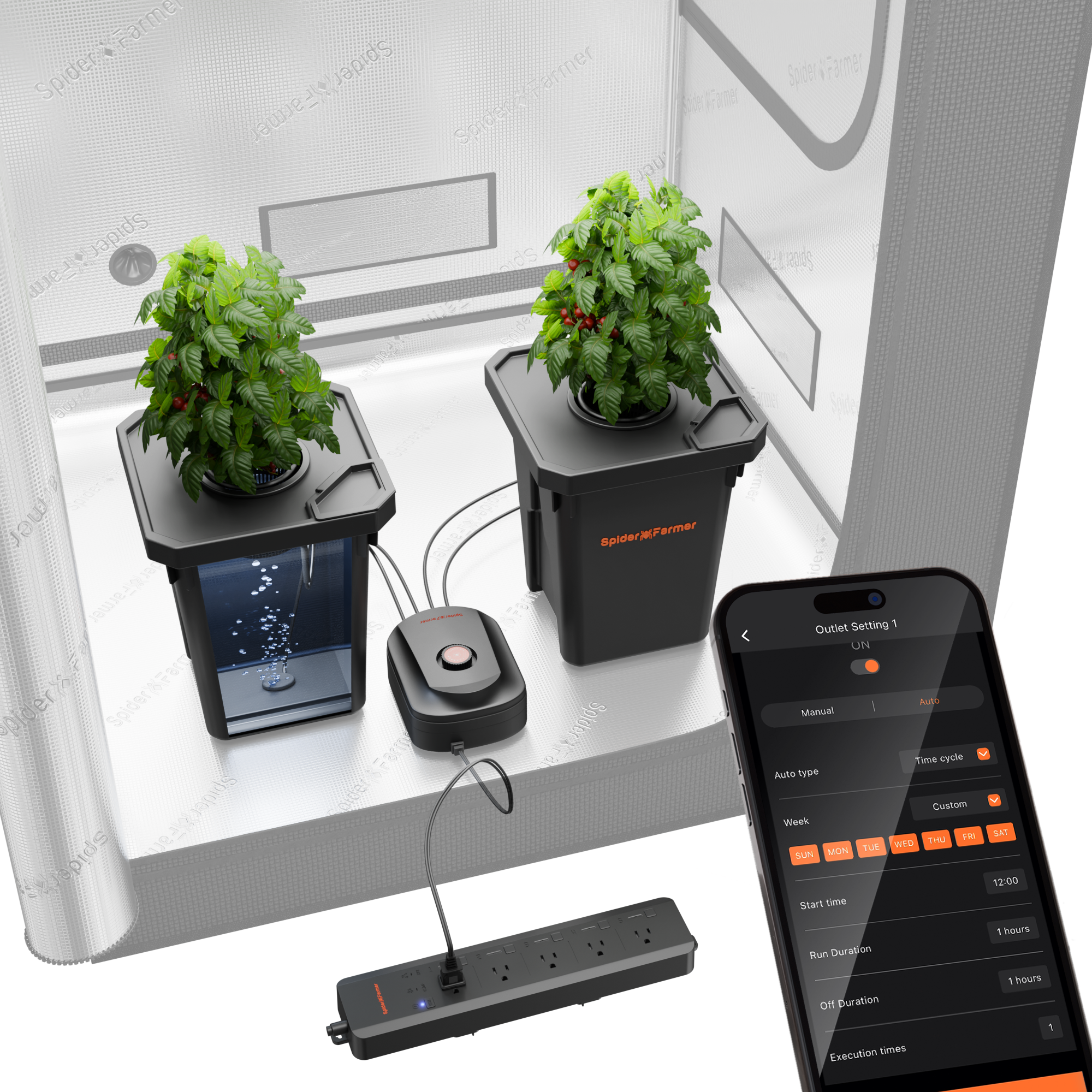
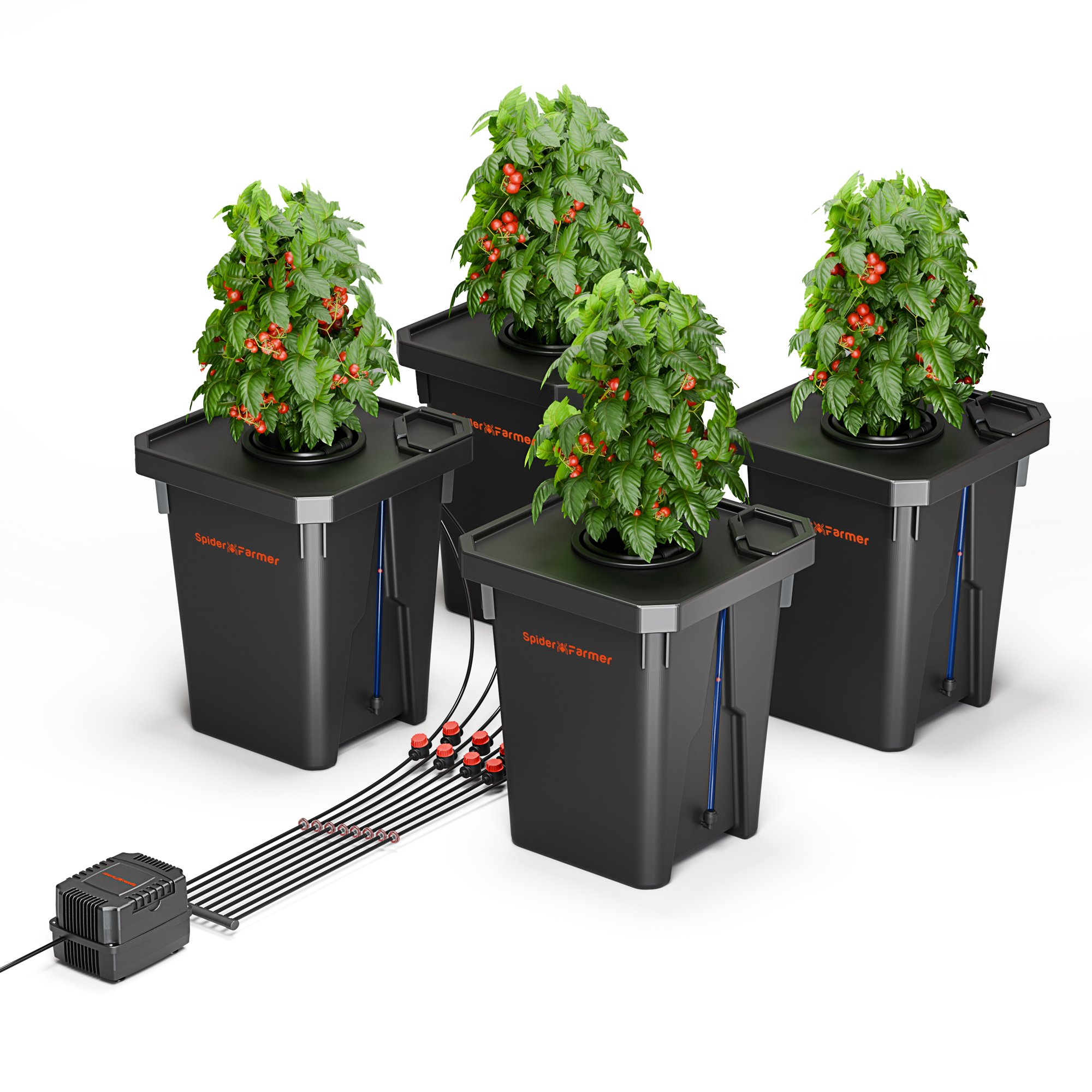

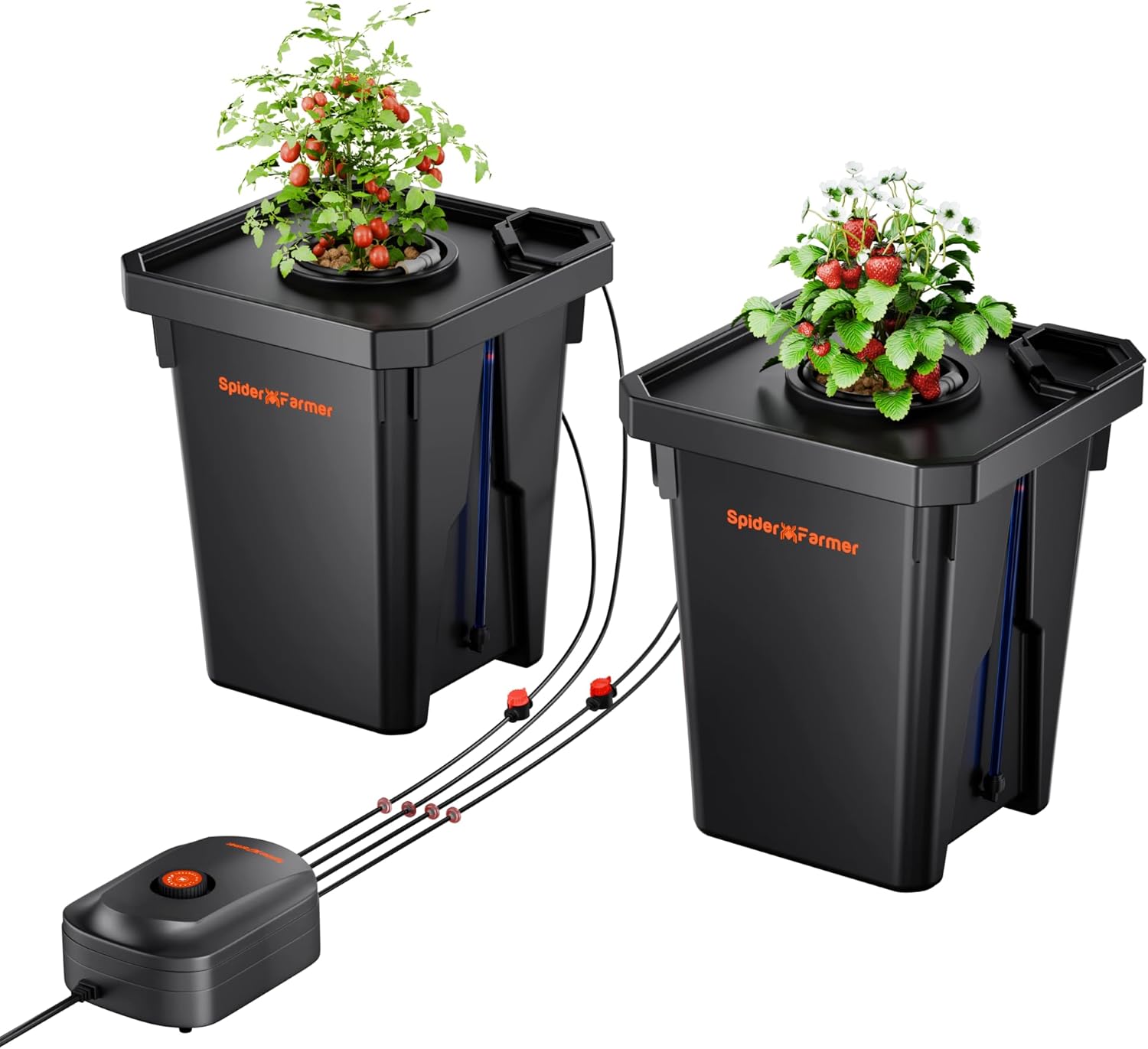
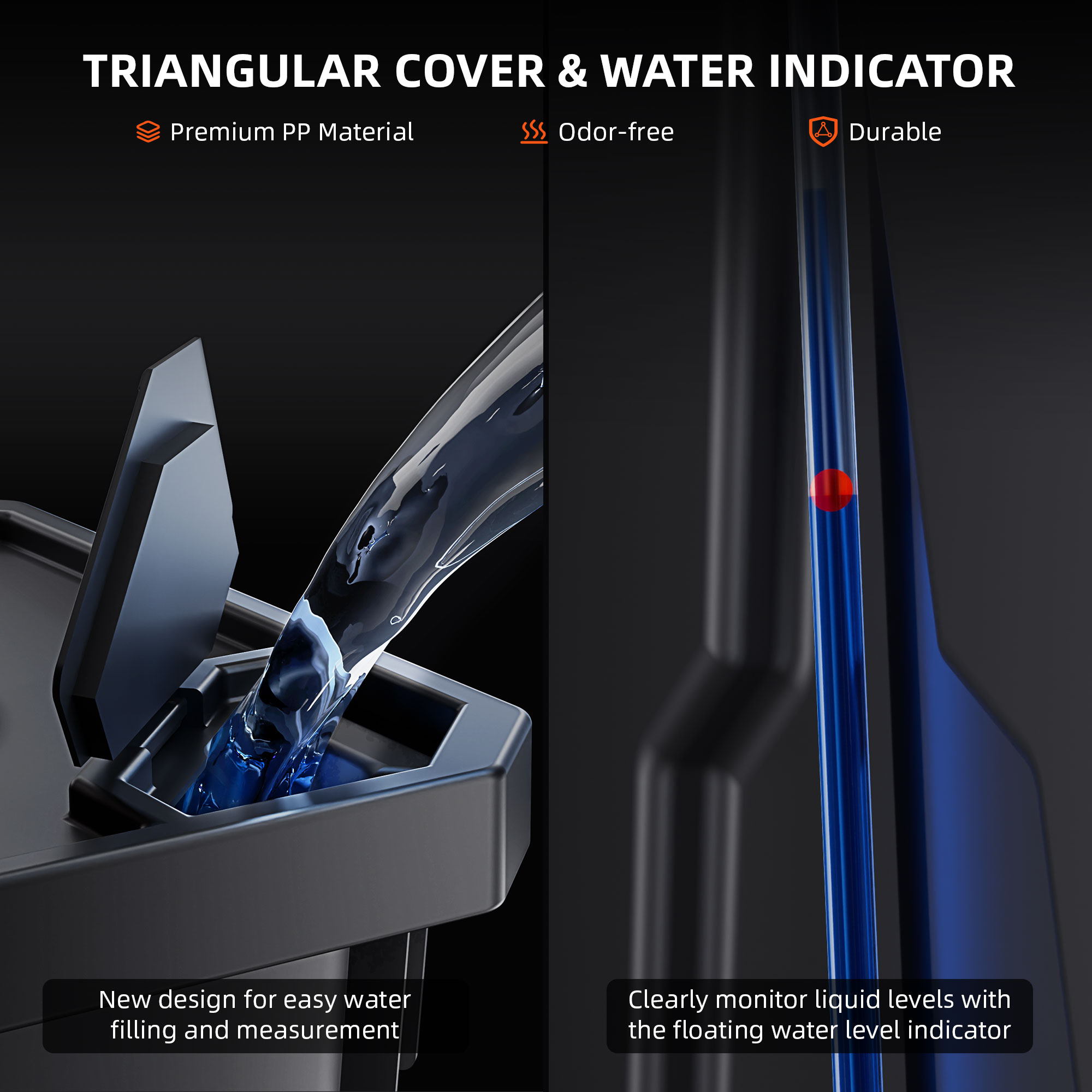


This was so helpful, I always tend to propagate cuttings in water but glad to know that cuttings in soil is perfect. My wandering Jew is growing up the window and I know I’ll have to cut it sooner than later, hopefully I can wait til spring. Thanks for the info and I’ll keep in touch.